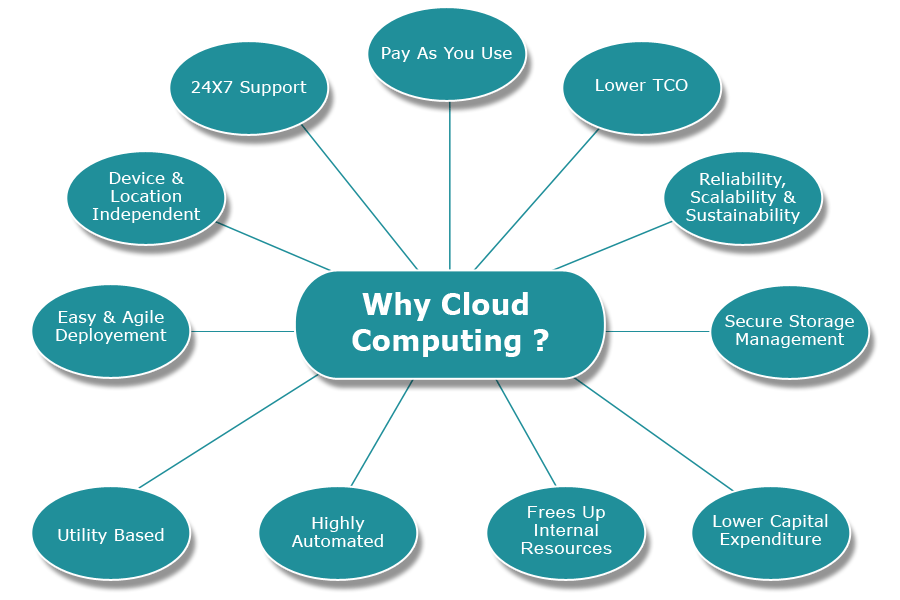Active vs Passive 3D Technologies

Nowadays 3D Displays Technologies very common and will create to change like New 3D projectors designed specifically for training, education, presentation and Home/commercial purpose But we have two kind of 3D Technology in use Active and Passive. They both are different with several challenging improvement and errors. Now let’s see what this technologies?? Active 3D Active 3D could also be called powered 3D, because it requires that the glasses used be powered somehow. Early models used standard AA or AAA batteries, but the newest ones use rechargeable cells that draw power from special cradles, or even from a computer’s USB port when plugged into it. That power is used to electronically block or shutter first the left and then the right lens. Data that is meant for your left eye is blocked from getting to your right one, and vice versa. So long as the actual display has a high enough refresh rate so that each eye can get at least 60 frames per second, an image on the scre...
